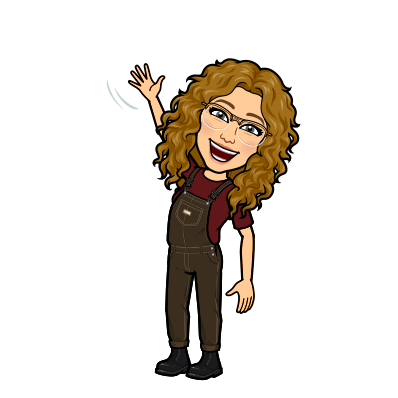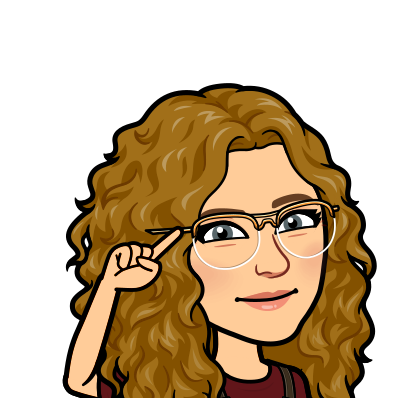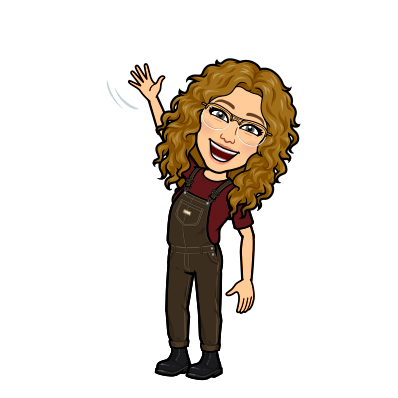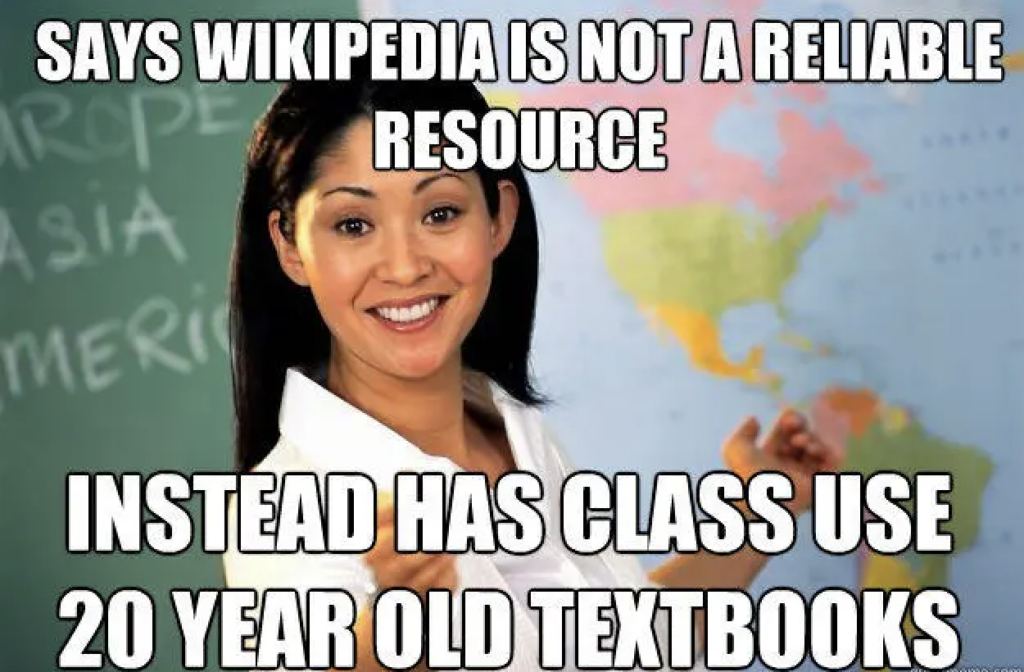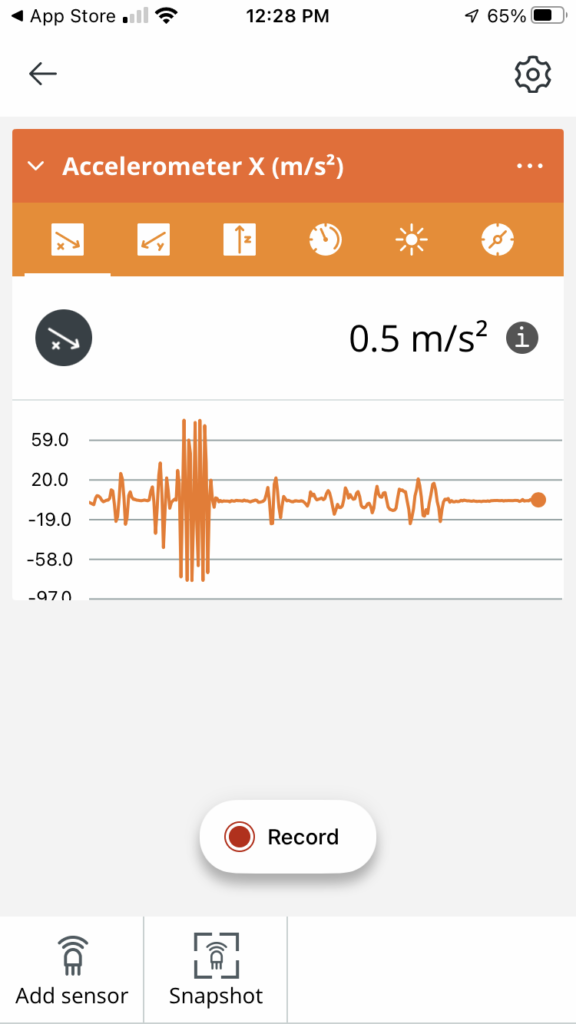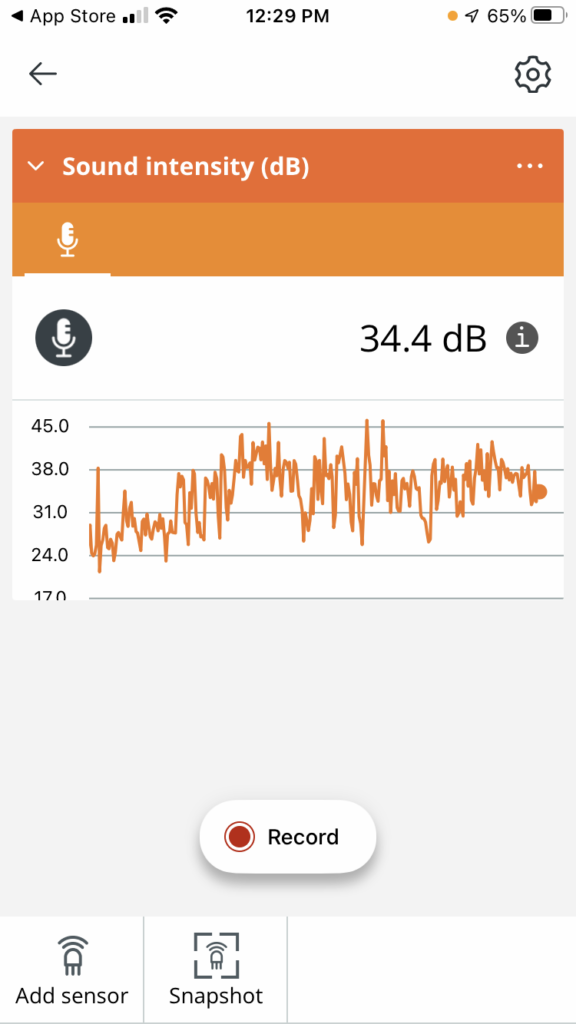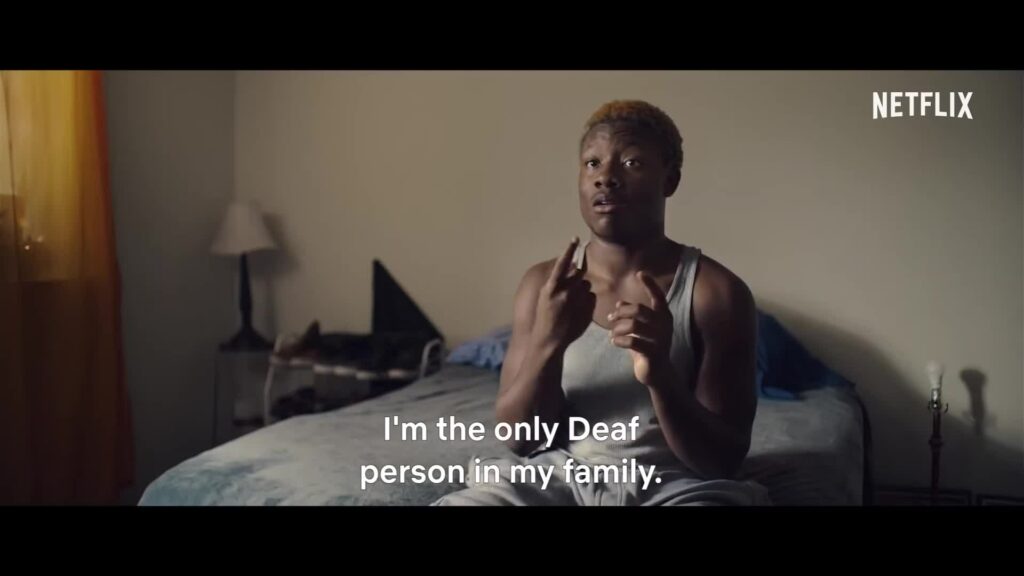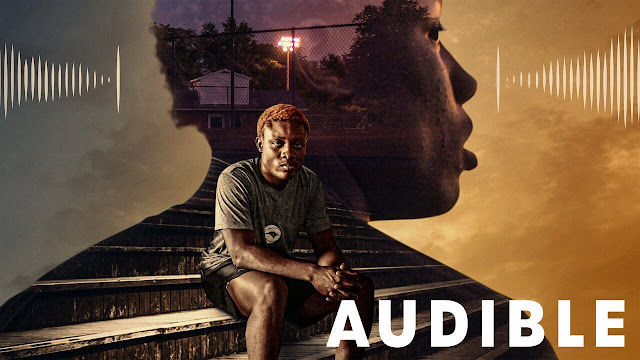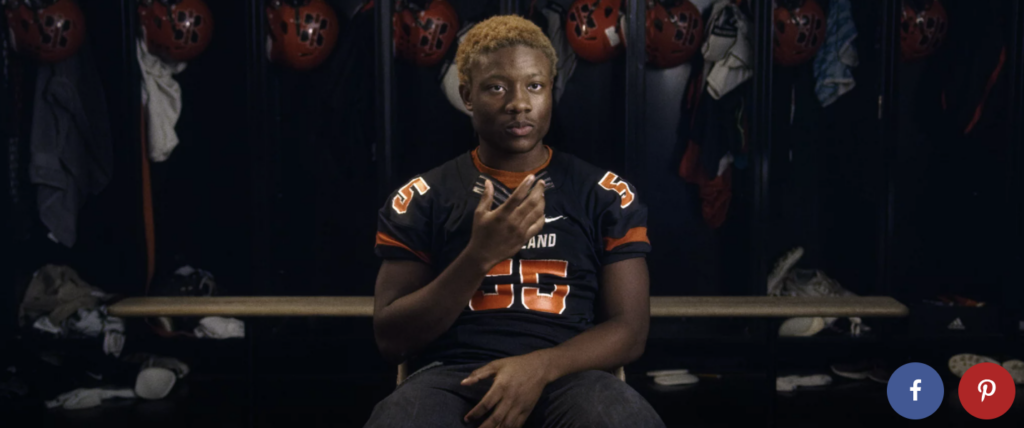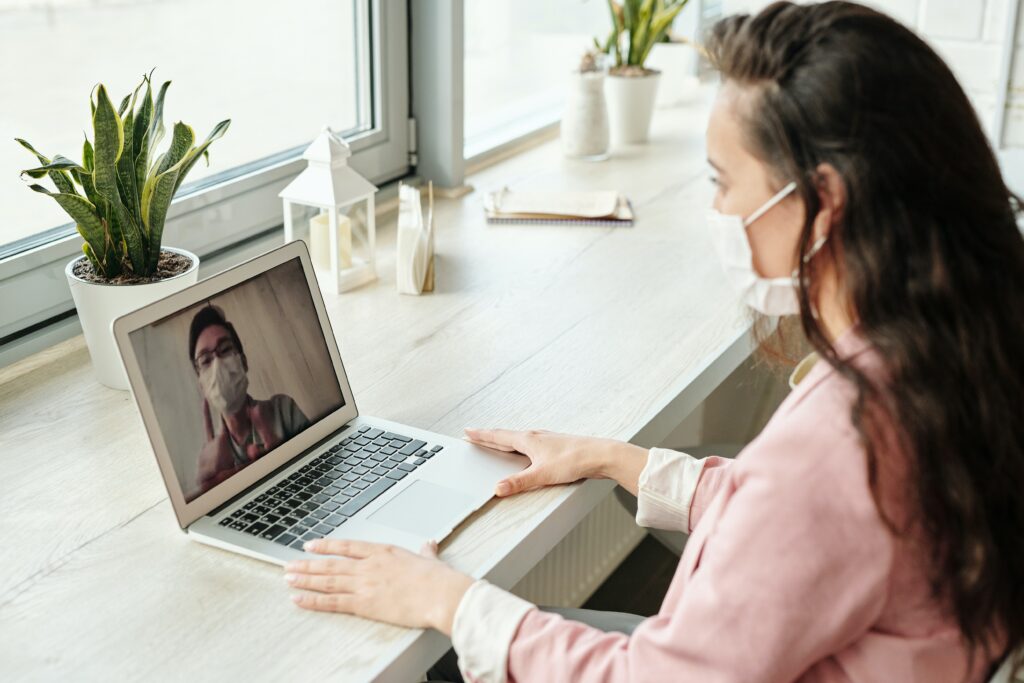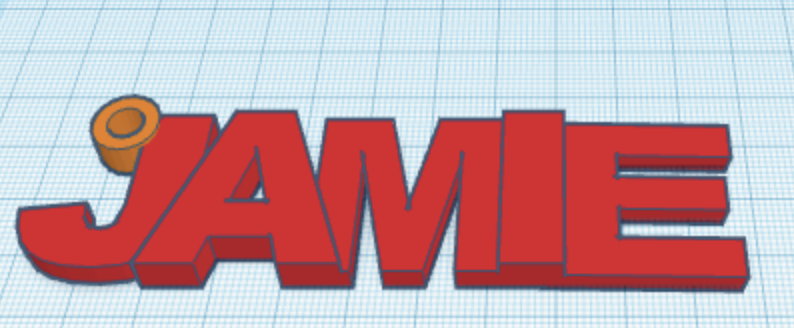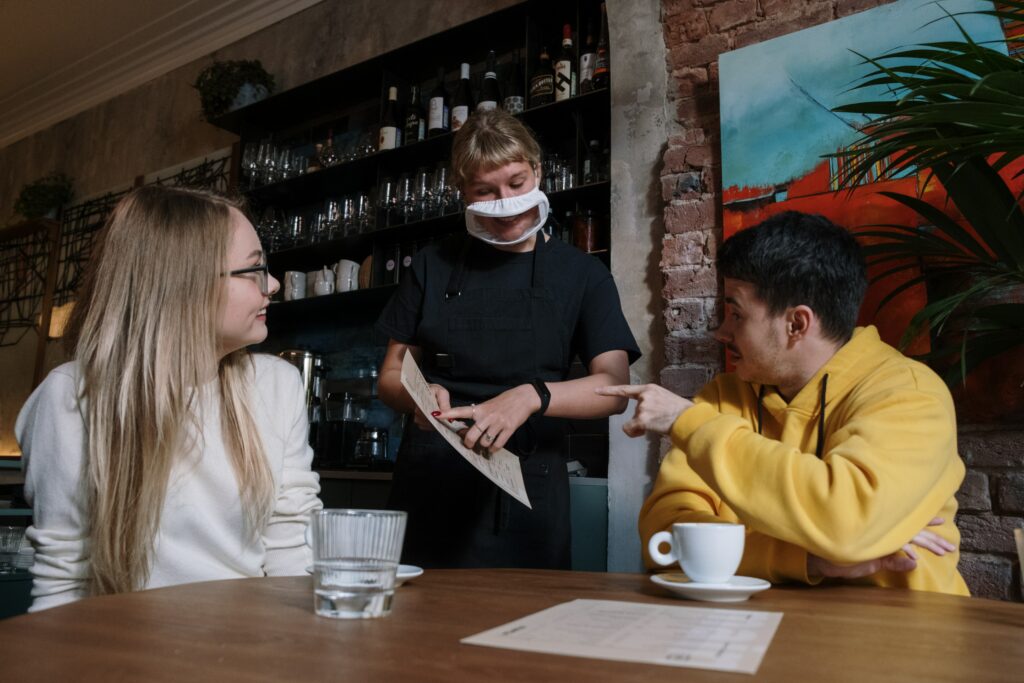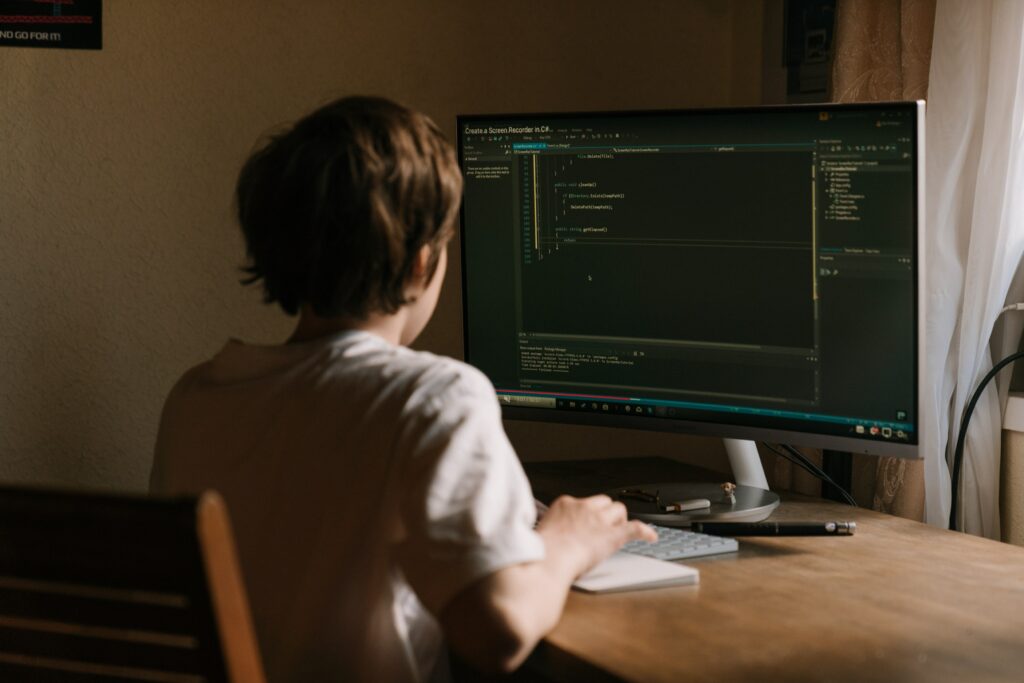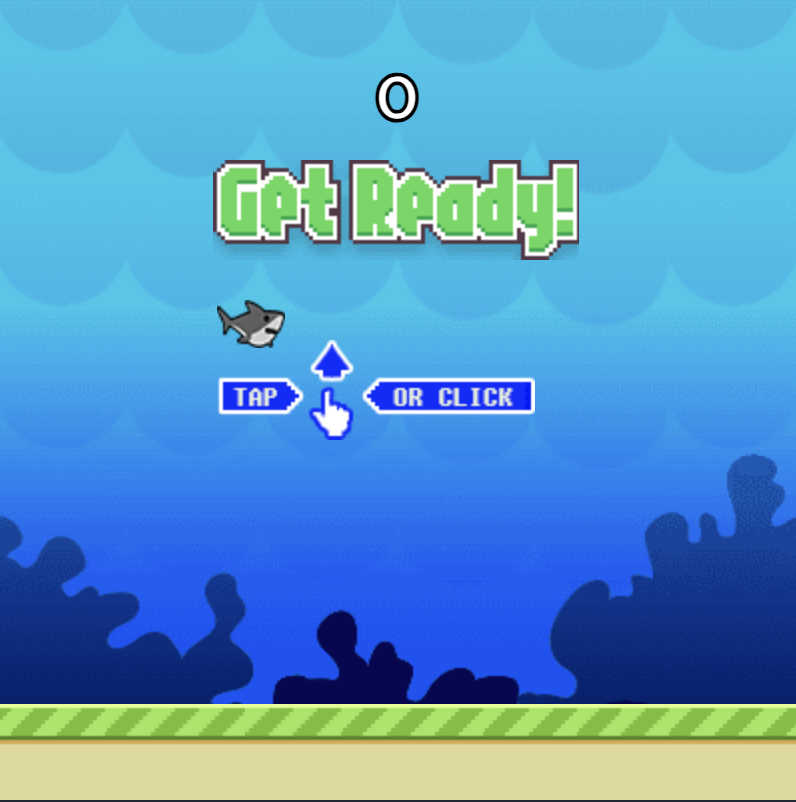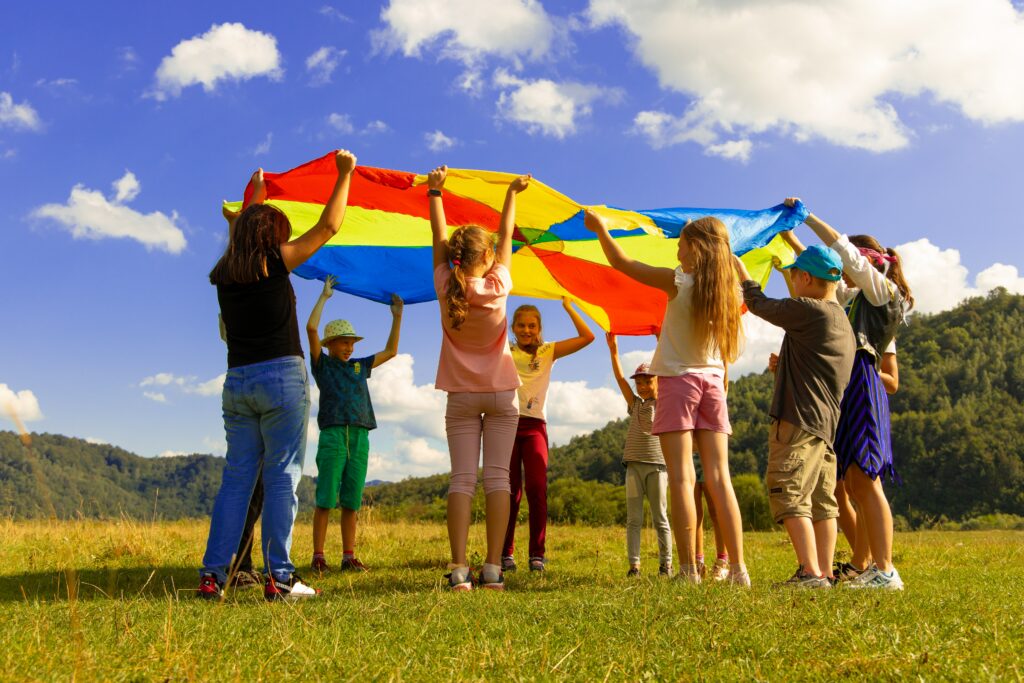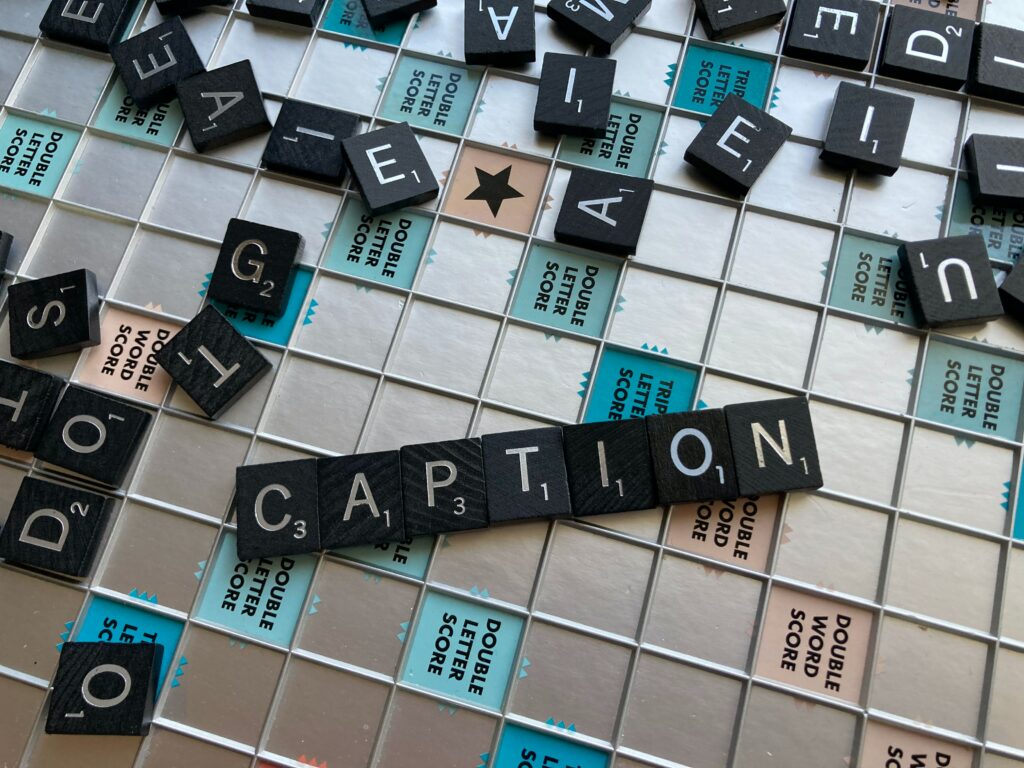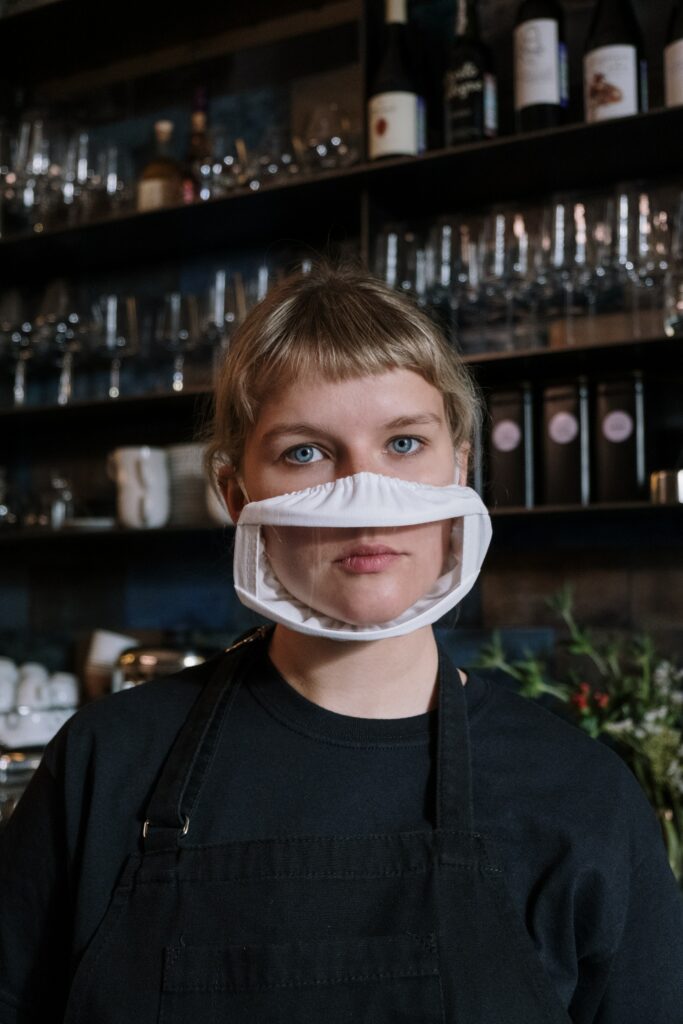Welcome to our EdTech presentation! For our EdTech project, we chose to begin by researching the concept of Indigenizing the BC curriculum. We were thinking: with the ever-increasing incorporation of technology into the classroom, how does that impact including Indigenous knowledge and First Peoples Principles into the curriculum? Through this process, our research led us down all kinds of interesting paths including questions about how to include Indigenous languages in our classrooms, and even just more general information about territory acknowledgments and what kinds of information and resources we need as educators to effectively teach and represent Indigenous knowledge and culture in our classrooms.
So here is what we came up with: an easy-to-access resource that educators can use to learn about effective territory acknowledgments, local First Nations groups, language revitalization, and Indigenization of the BC curriculum (and more). Now, it is important to say that although we recognize that this is a tall order, we plan on continuing this project and developing it throughout this program, and are excited to have our Indigenous Education course this summer to add to our knowledge.
What started as a specific inquiry into Indigenizing curriculum evolved into a more general resource for educators, and settlers in general, to educate in the effort of reconciliation. Check out our resource below and keep reading to learn more about our process!
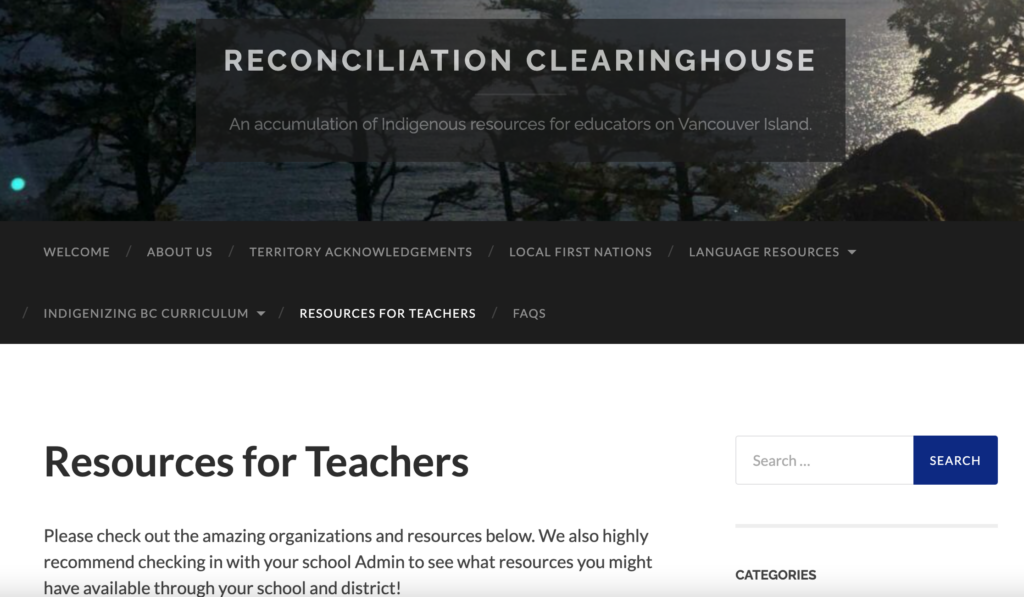
How we started:
Our project started the way any good project does: with a mind map! This is where our ideas about Indigenization expanded and our discussion led down the road of uncertainty about the best or most appropriate and respectful ways to integrate Indigenous knowledge into the BC curriculum.
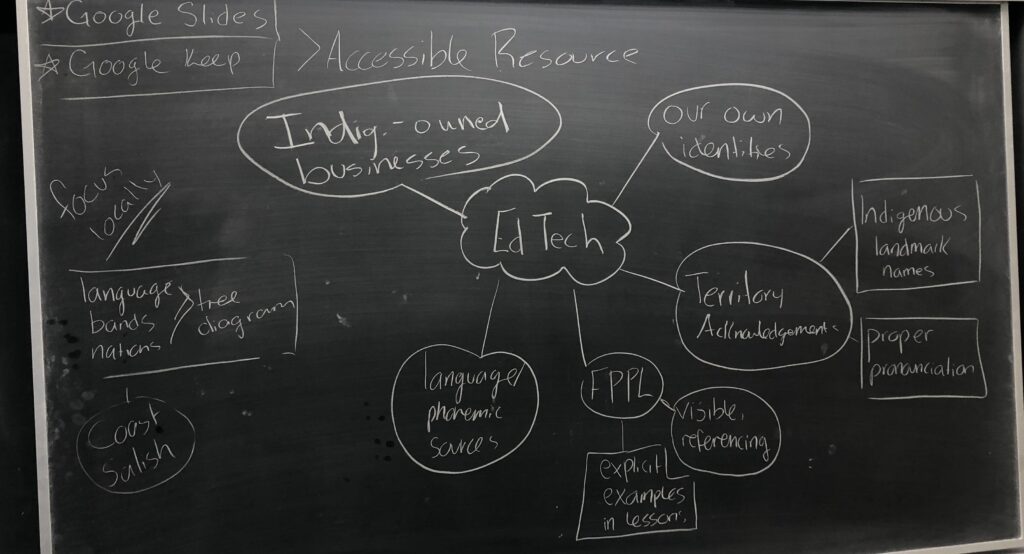
Our research
We both acknowledged right away that we are by no means experts on this topic, and wanted to consult any experts and Indigenous knowledge holders about our idea before we really delved in. Fortunately, Alex has a neighbour, Shay, who (although not Indigenous) worked for many years with First Voices and now works with the First Nations Technology Council (this could be a really cool resource for your class, Rich-we haven’t been able to add it to our site quite yet)! We met with Shay and got some really great information and guidance on how to approach our project.
Takeaways from the meeting with Shay:
- So many resources! Shay connected us to First Peoples, First Voices, and other Language resources.
- The process of going to a band office for information or bringing in an elder. Shay told us about honorariums and how to do this respectfully.
- Considering the importance of wellness resources and connecting with culture. This includes talking about history as the present, and not merely talking about it in past tense.

We also had the fortunate opportunity of meeting with Lalita Kines, the Indigenous Academic Community Engagement Associate Director whom we met through the First Peoples House on campus. It was important for us to get an Indigenous perspective as we move into this project because we wanted to make sure we go feedback on our idea so that we can work on this project from a place of deep respect. Lalita was very kind and liked our idea, and viewed it as a project based on reconciliation-which spoke to both of us.
Takeaways from the meeting with Lalita:
- We received great information about local First Nations and some clarification on connections to language
- We learned about how to ask for clarifying information from band offices and more about that process
- We learned the importance of getting to the why in territory acknowledgments and connecting to the heart
- We received so many amazing resources and suggestions on people to contact or look up as we continue our research
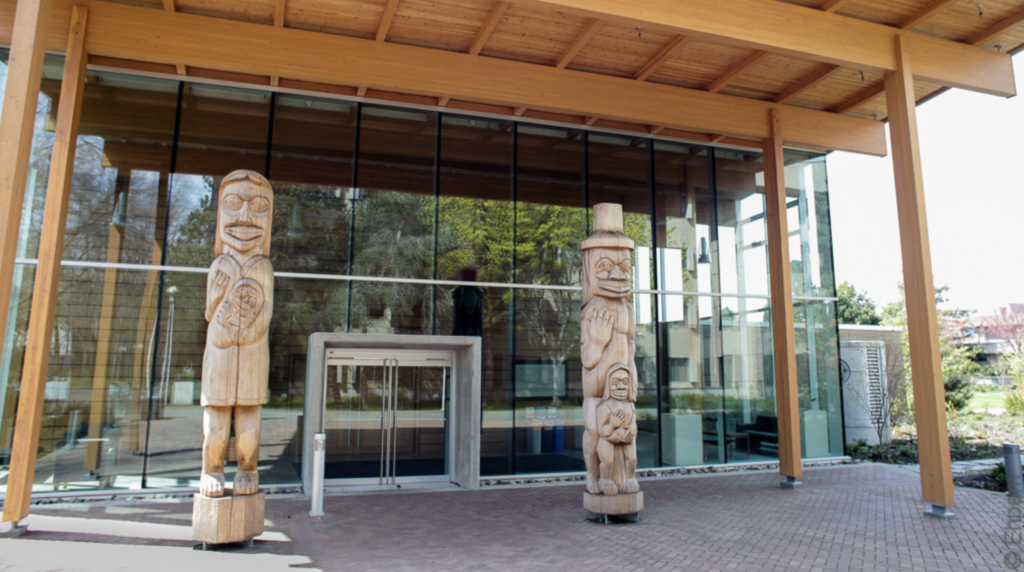
Source: https://burntembers.com/2013/03/21/doug-lafortune-welcome-figures-university-of-victoria/img_1774/
Our Reflections (what we learned, what surprised us, what we still wonder)
Jamie:
The way I understand it, and one of the goals we had when coming up with this site is that integrating Indigenous knowledge in our teachings must be consistent and be fostering deep respect from all students towards the Indigenous communities whose land we are learning on. Indigenous ways of knowing and teaching and learning are not a separate subject or component to the curriculum, but should rather be constantly brought in and integrated into all subjects.
Throughout this project, I learned so much about Indigenous resources and how to integrate and utilize Indigenous resources to become more mindful of the land I am on and the importance of integrating knowledge into the classroom and Indigenizing the BC curriculum. I was surprised by how many amazing resources are out there, and I was surprised to learn about all of the local Nations I didn’t know previously. Our scripted territory acknowledgment really scratches the surface of the land we are on, and I really feel that I was able to learn and connect back into being mindful of this and the importance of doing research. Something I still wonder about is how useful this resource will be for other teachers or settlers. It would be really cool to continue adding to this resource and developing it more fully. I know that I will be referencing it for my own personal lesson and unit plans!
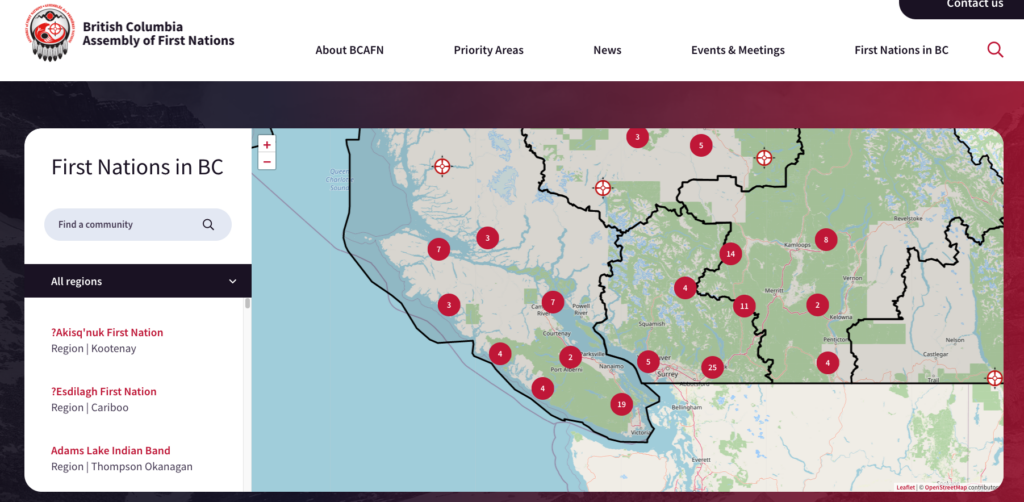
Alex:
As a cynic (roll your eyes if you must – I would too), I really wondered how this talk we’d heard while in our program of “Indigenizing” the curriculum could be applied to technology, or if it was even possible. Looking over the First Peoples Principles of Learning, thinking about how important place-based learning is to Indigenous cultures, I had my doubts, but then our inquiry really shifted as Jamie and I began speaking with different sources, exploring various websites, and bouncing ideas off of one another. Before you know it, we had a chalkboard full of ideas and no idea how we would bring all of these things together.
There are so many amazing aspects of this project that I would’ve liked to dedicate much more time to. The good thing is, this is something I’m confident Jamie and I will continue to research and explore. We’d especially like to thank my neighbour, Shay, as well as Lalita Kines (and Mary McCue) from the Indigenous Studies Office for connecting us with incredible resources in addition to providing us with their own wealth of knowledge. I came into this project knowing very little, and at this point, still feel like I know very little, but at least I know a tad bit more than when we started! I’m really looking forward to continuing to deepen my understanding in this field, and hopefully, us documenting our learning through Reconciliation Clearinghouse as it happens can be an invaluable resource for many educators!
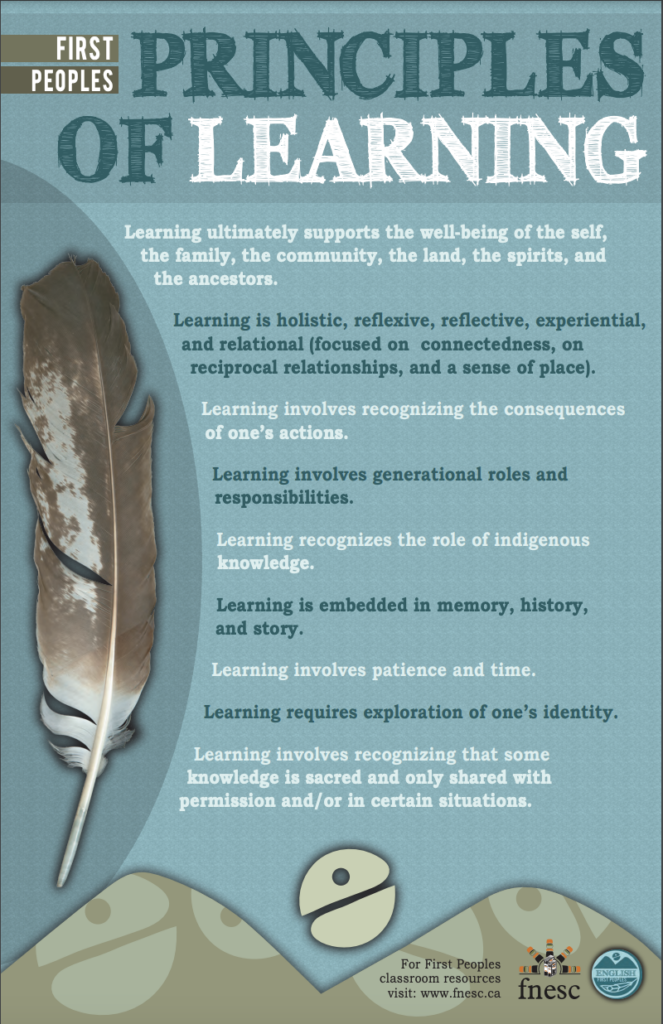
Thank you so much for coming along on this learning journey of ours! We hope that you’re able to find some useful resources on Reconciliation Clearinghouse to use in your future learning and teaching!
Until next time,
Jamie and Alex
